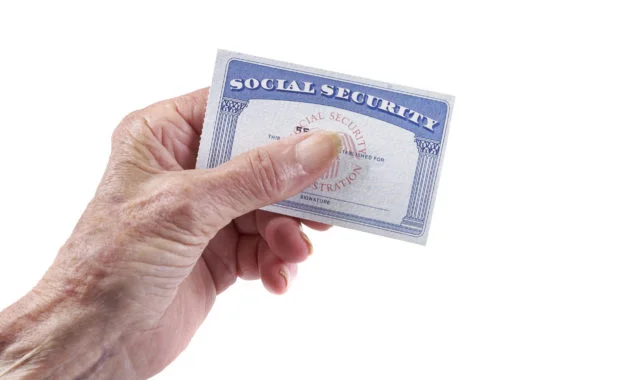Tag: low-wage worker

Federal labor officials are giving Amazon employees in Alabama a second shot at forming a union, and their coworkers in Staten Island are seeking clearance to hold a vote. Americans, more confident of their employment prospects, are leaving their jobs in record numbers, with much of the activity in low-wage industries like hospitality. Employers, having…

Largely missing from the debate about raising the federal minimum wage is how much its value has eroded over the past 50 years. The current federal minimum is $7.25 an hour. If the 1968 wage were converted to today’s dollars, it would be worth about $12 an hour. At $7.25 an hour, a full-time worker…



